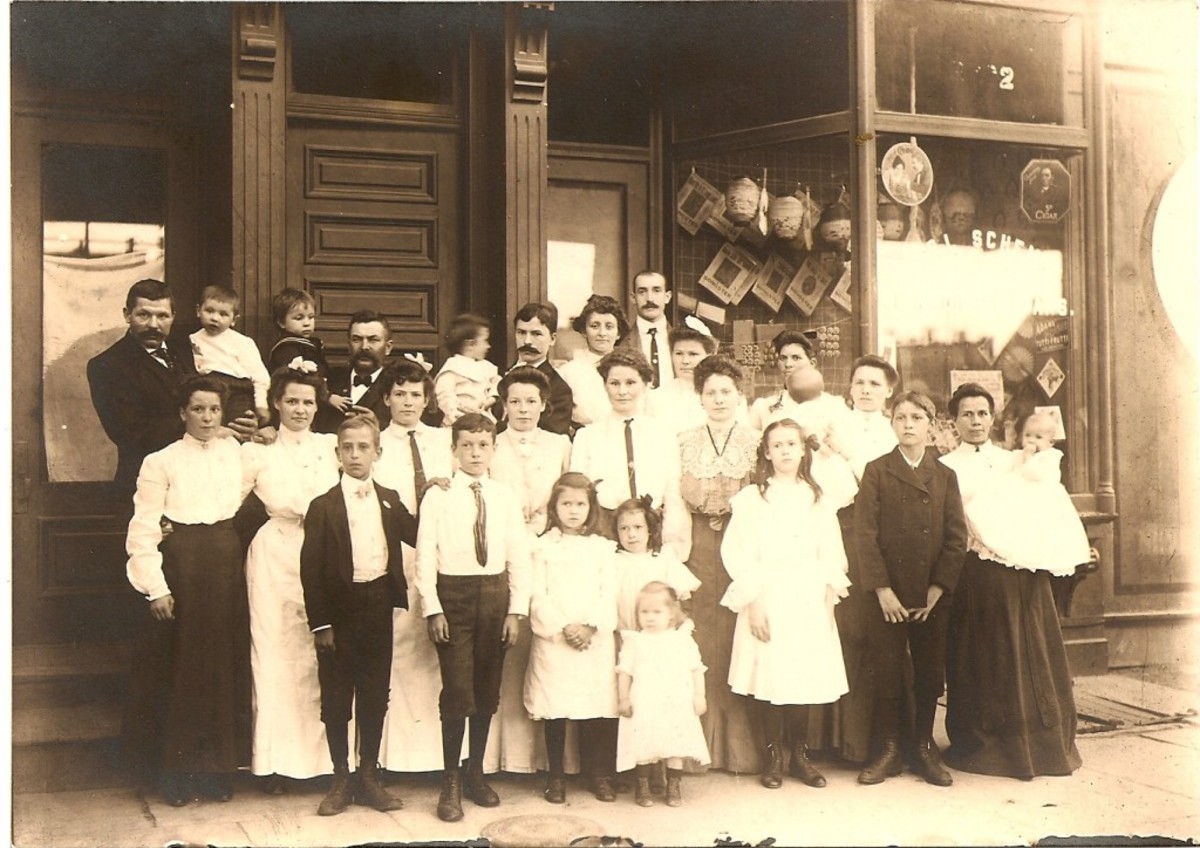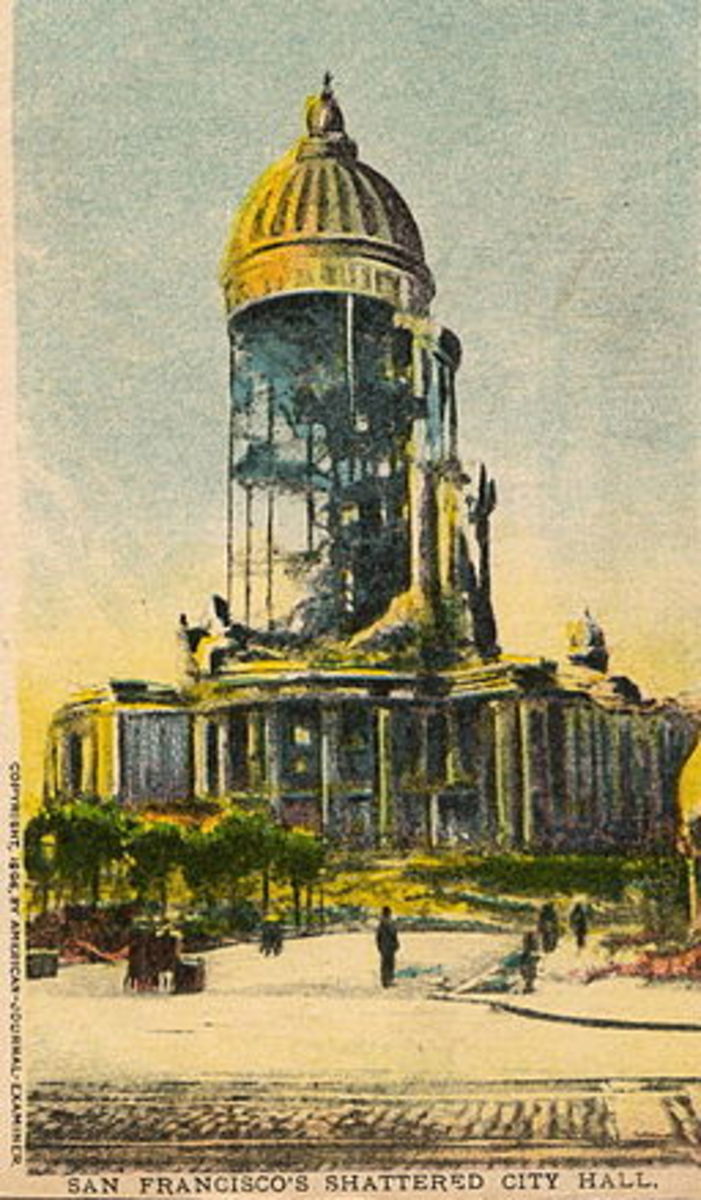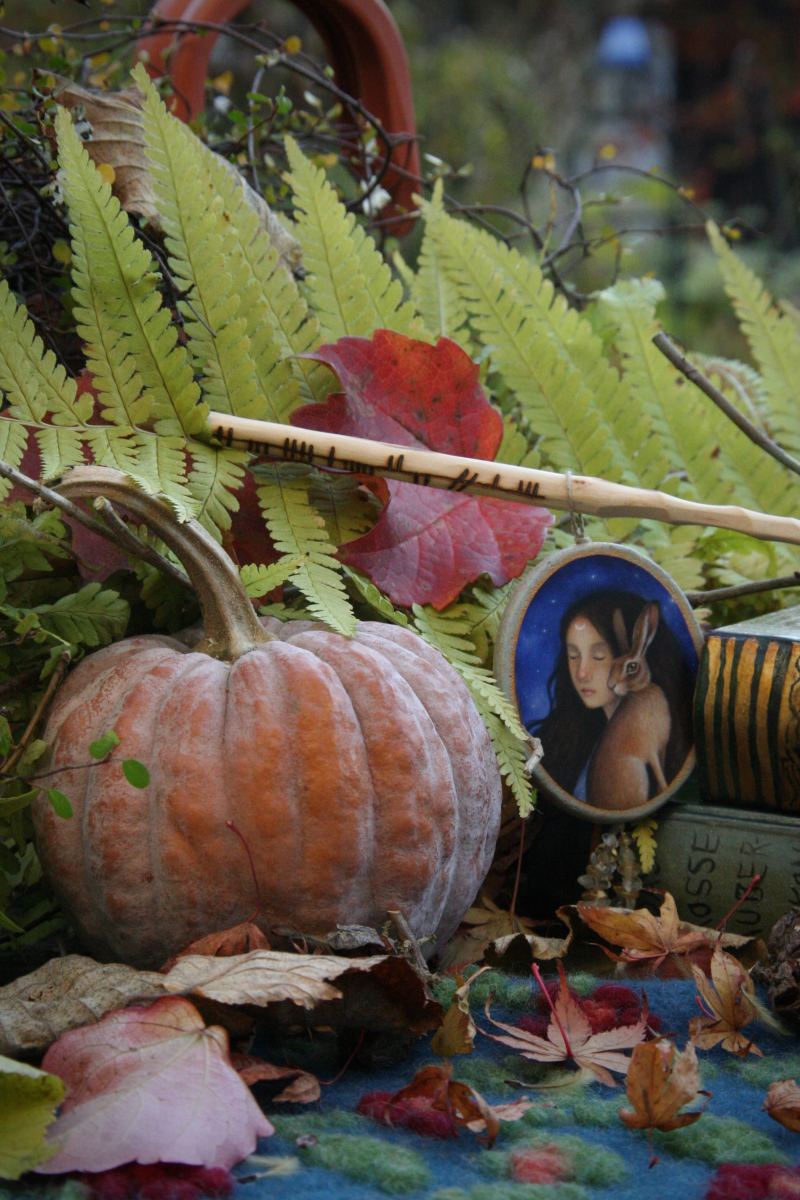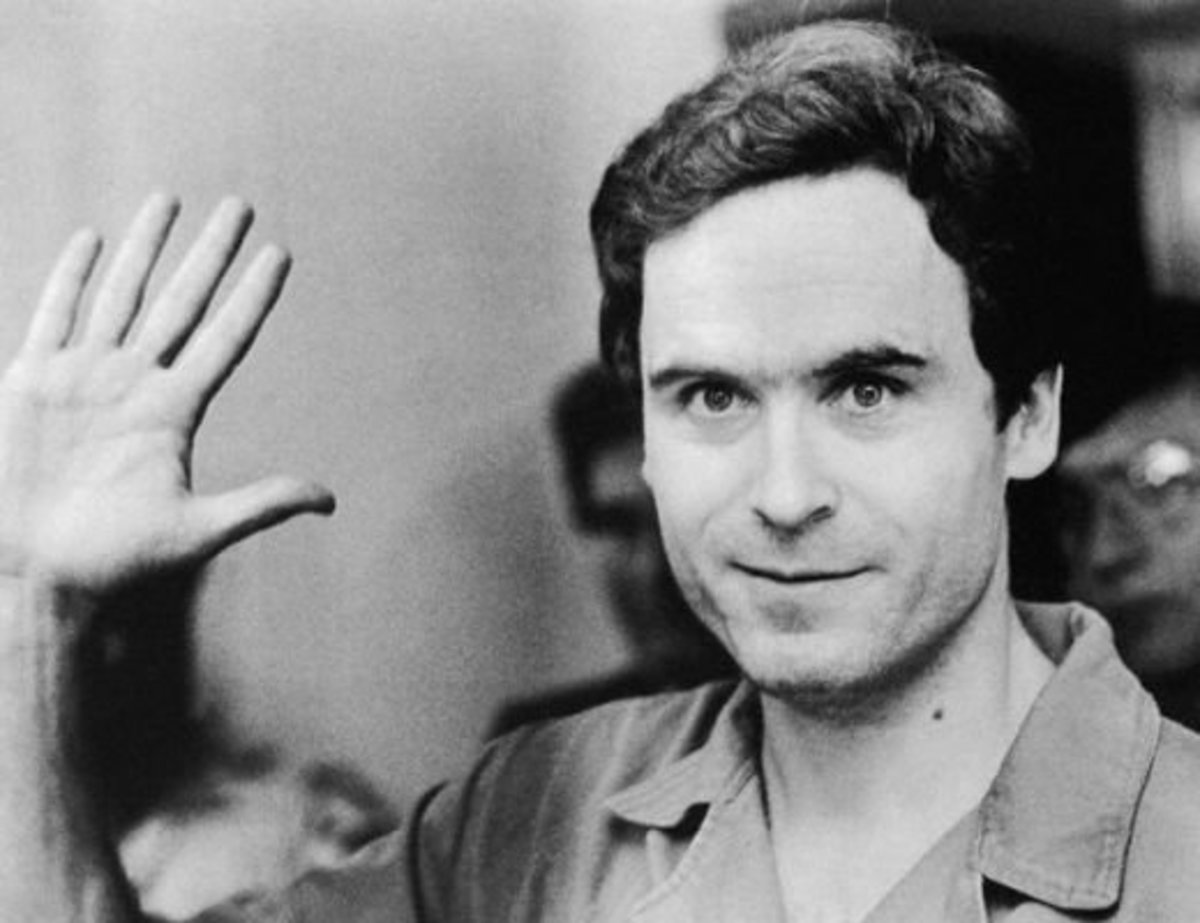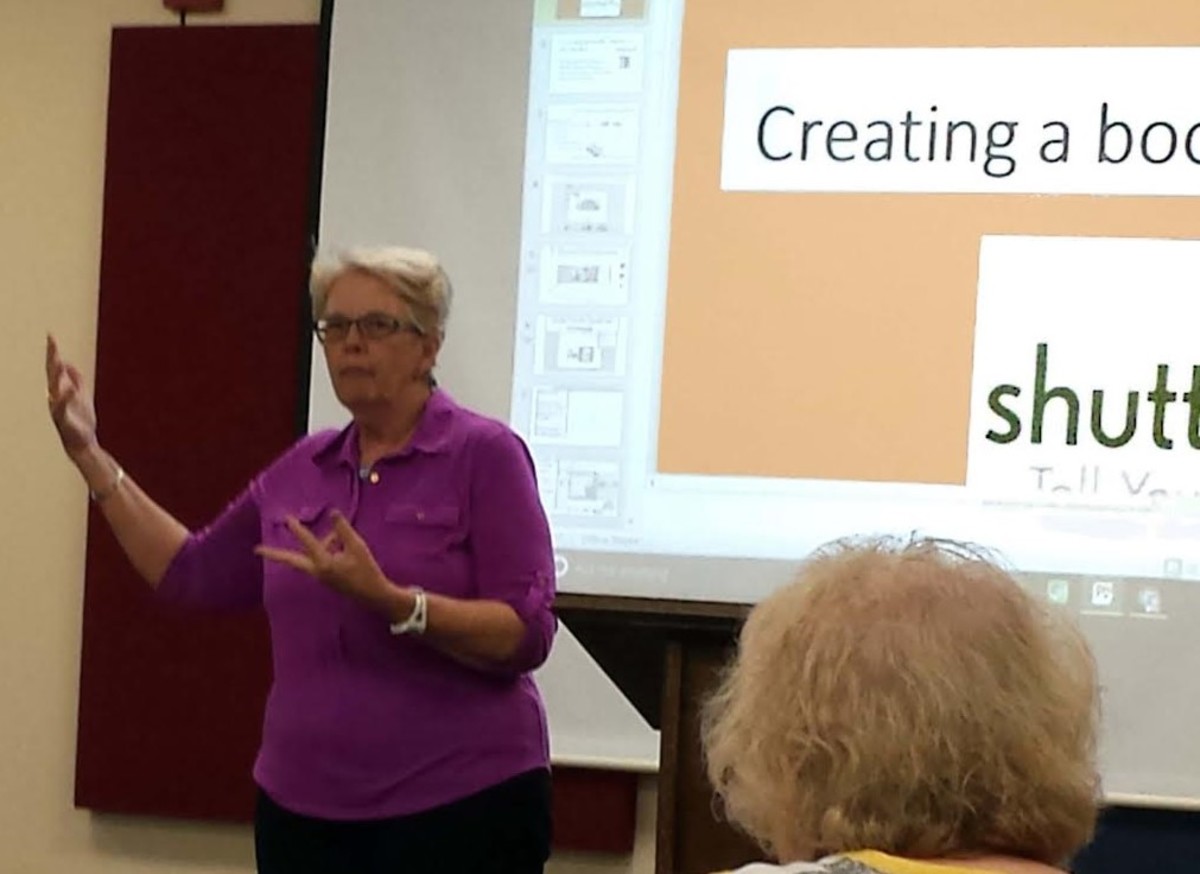Up Close and Personal With A Dead Ancestor
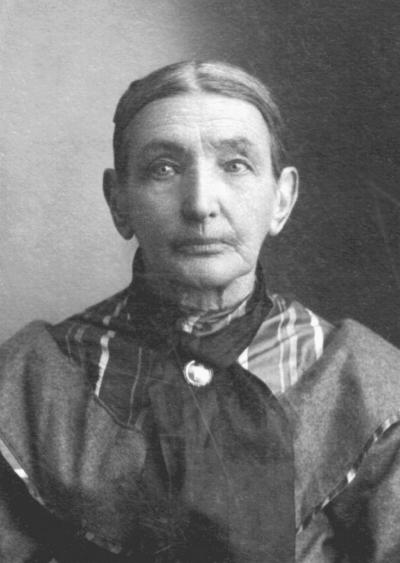
It's 3 a.m. and I'm picking lint off my gr-gr-grandmother, Mary Weaver (nee McClellan) Cupp, who's been dead and buried for well over a hundred years.
No, I haven't gone out to Chicago Mound Cemetery south of Emporia KS and dug her up, but I can see how that might be your first thought considering my hubs about cemeteries.
The "lint" is the kind that appears on old photographs. Really old photographs that have been sitting in a trunk, a drawer or a shoebox on the top shelf of someone's closet for several decades. Put there not in acid-free albums, or in any of the storage media recommended by archivists.
Just tossed, dumped, or thrown loose into that trunk, drawer, or shoebox.
With a scanner and a good image editing program, anyone with time, patience, and a steady hand can electronically remove creases, dings, and "lint" from old photos that the naked eye might not see. Photos darkened by age can also be made lighter and brighter.
The original of the photo I'm working on tonight is wallet size, but glued to a larger piece of pasteboard by the photographer who made it 100 or so years ago. Removing the photo from the pasteboard frame is not an option this time. It can be done - very slowly and very carefully - with a metal pancake spatula, but if the photographer's name and city is legible, I usually don't.
What I've done instead is scan only the photo itself at a high resolution, meaning when I open it in the image editor, Mary's face is no longer the size of a postage stamp, but nearly life-size. And staring at me from the computer screen. Which at 3 o'clock in the morning is quite startling.
This isn't the only photo I have of Mary, but it's the first time I've seen her up close and personal. Her face is only inches from my own. She might've just paused to gather her thoughts...or perhaps she's waiting for me to gather mine.
Mary was my grandmother's grandmother, a woman whose genes I and my children and their children carry. She's around 75 years old here.
As I airbrush away a bit of "lint" here and a spot there, I can see every line and wrinkle in her leathery face. Lines I could easily remove with a few strokes of the mouse.
But I won't.
I know how most of them got there, and she earned each and every one.
Some are from birthing seven children in farmhouses in Pennsylvania, western Virginia before it became West Virginia, and Illinois.
Some are from working in the fields with her husband on those farms.
Some are from the death of a daughter taking the first step through the door of womanhood.
Some are from not knowing what happened to one son who never quite recovered from horrors experienced in the Civil War, and another who disappeared while working a case in Colorado for the Pinkerton Detective Agency and was never seen again.
The rest are from the year or so after the death of Michael Cupp, her husband of 52 years, after their youngest son ejected her from the Kansas farm she and Michael had homesteaded in 1866. The farm Michael's will said she was to continue to inhabit until her death, after which - and only then - it was to go to the son.
From documents on file at the Lyon County courthouse, I suspect Mary wore out several pairs of shoes going back and forth to it to regain possession of the farm that was rightfully hers - legally and morally.
But she did get it back, then rewrote her own will to leave the youngest son exactly one dollar.
I think you'll agree she earned every line and wrinkle in that photograph many times over.

